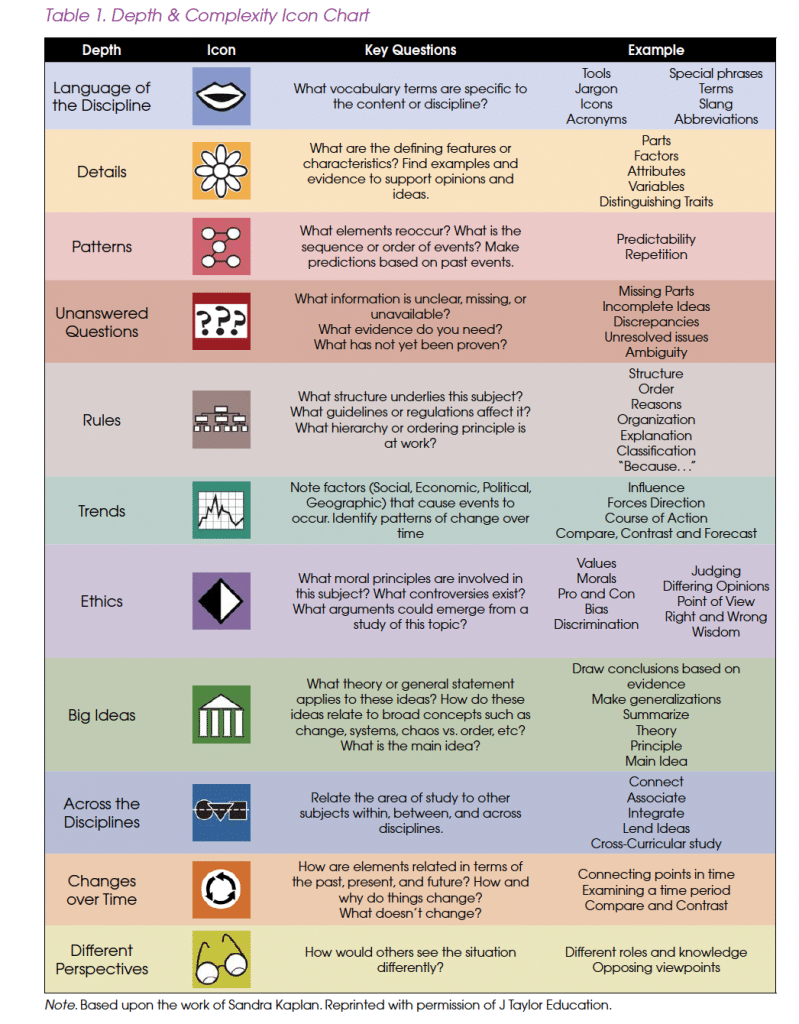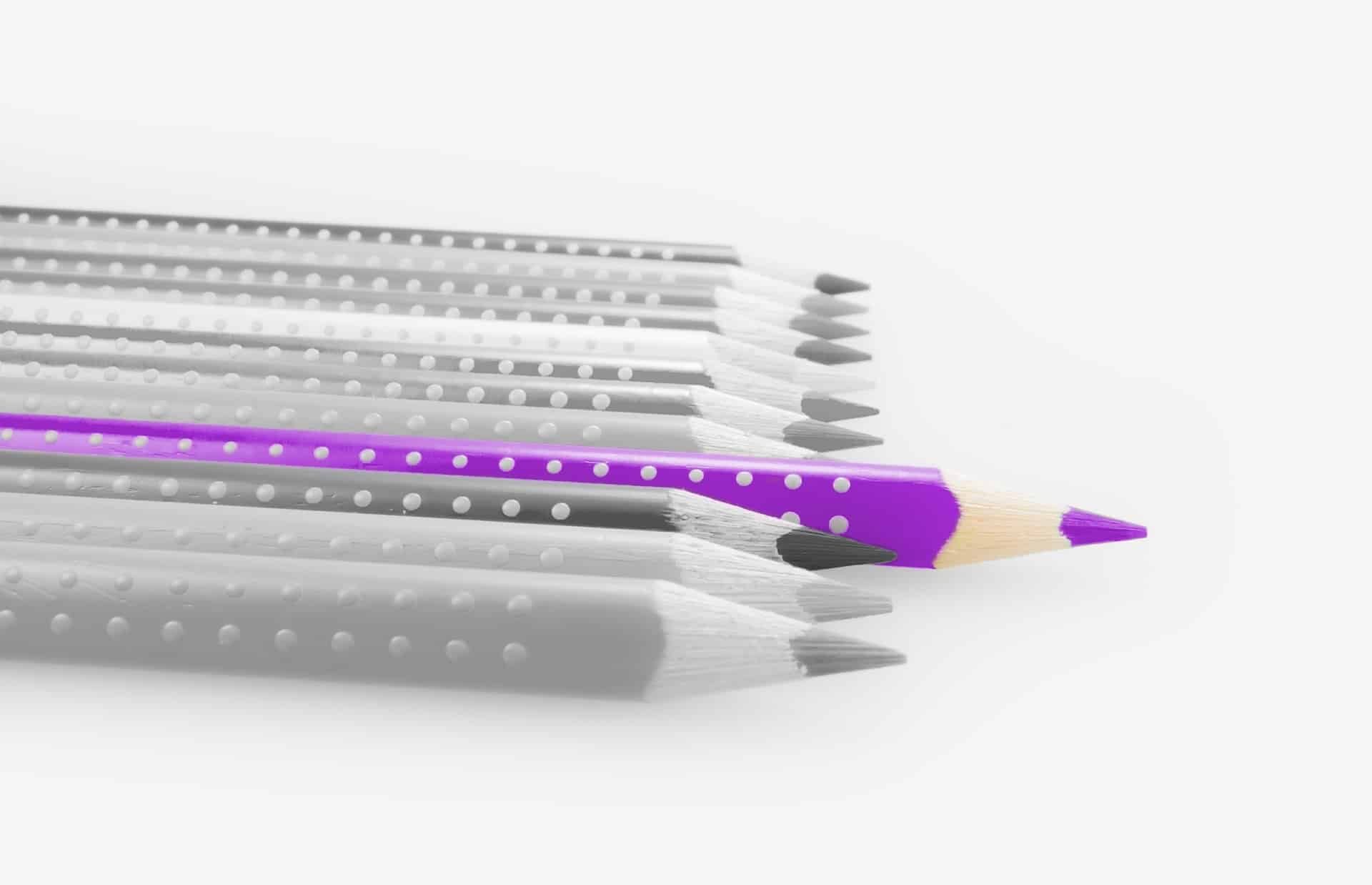The need for curriculum and instruction to be modified for gifted students in depth, complexity, and pacing is not a new concept. The Texas State Plan for the Education of Gifted and Talented Students (Texas Education Agency, 1996, 2009) informs districts of this need. The lingering question is how it is best accomplished.
Though Evelyn Hiatt, then Associate Senior Director for the Division of Advanced Academic Services at the Texas Education Agency, referenced Dr. Sandra Kaplan’s work in answering “What Do We Mean by Depth, Complexity, and Pacing?” in her TEMPO article in 1998, use of Kaplan’s Model of Depth and Complexity has not received widespread attention in Texas until the last few years. Perhaps this is because our new state assessment standards also address the need for depth and rigor. Another reason that Kaplan’s model has not received widespread attention may be because that written information on the Kaplan Model of Depth and Complexity is difficult to find. There is no book that gives a complete outline of this model. As a result, educators are left to gather their own information and resources from a multitude of sources to make sense of and use the model.
The purpose of this article is, therefore, to bring together information I have gathered from workshops given by Dr. Sandra Kaplan since 1995, conversations with experts/trainers who have a thorough understanding of Kaplan’s model, and the many Internet sources that present information on this model. By doing so, I hope to present a comprehensive, yet concise overview and explanation in one location to facilitate understanding and ease of its use.
History
The first publication where the concept of depth and complexity was discussed and a definition given, Differentiating the Core Curriculum and Instruction to Provide Advanced Learning Opportunities, was a position paper copublished in 1994 by the California Department of Education and the California Association for the Gifted. Sandra Kaplan, President of the California Association for the Gifted at the time, was credited as the principal contributor of the ideas in the work.
In 1995, Sandra Kaplan and Bette Gould cowrote and published The Flip Book: A Quick and Easy Method for Developing Differentiated Learning Experiences. This was the first book for educators and the general public on the topic of differentiating the core curriculum with the dimensions of depth and complexity.
In 1996, Dr. Kaplan, in her role as Clinical Professor at the Rossier School of Education, University of Southern California, initiated a project with the California Department of Education and the California Association for the Gifted to improve educational practices for gifted and talented children. This project, Curriculum T.W.O., was funded by a Javits grant from the U.S. Department of Education’s Office of Educational Research (Callahan & Hertberg-Davis, 2012).
During the Curriculum T.W.O. project, the 11 elements of depth and complexity came to be represented by icons developed by Sheila Madsen. These elements/icons were used as tools to differentiate curriculum in order to help students utilize a more sophisticated thought process and develop a deeper, more complex understanding of content. The use of this body of knowledge resulted in Kaplan’s Model of Depth and Complexity.
The work by Kaplan, Gould, Madsen, and others involved in the Curriuclum T.W.O. project became a foundation for Texas’ reference to and eventual inclusion of depth and complexity in the Texas State Plan for the Education of Gifted and Talented Students (Texas Education Agency, 1996, 2009).
Purpose
While one of the advantages of Kaplan’s model for educators in Texas is that it helps teachers meet the state requirement for developing a quality curriculum for gifted students, it has many other benefits as well. Depth and complexity increases the sophistication of content and fosters in students the skills necessary to think critically, analytically, and creatively (Dodds, n.d.). It allows teachers to teach toward the highest levels of knowing (“Kaplan’s Depth & Complexity and Content Imperatives,” n.d.). It helps students focus on elements that one needs to master a subject, thus increasing rigor and engagement in learning activities (Byrd, n.d.). In addition, it provides structure and support for helping students take a deeper and more complex look at any topic and inspires higher order thinking skills and productivity from students (Vallone, n.d.).
Validity
Although very little research has been conducted on this model, two dissertation studies address its validity. Joanna Lauer (2010) found that the concepts of depth and complexity were applicable for and relevant to academic experts and their disciplinary work and were an appropriate and authentic means to facilitate content knowledge in the study of disciplines for gifted students. Kimberly Dodds (2010) found that use of the depth and complexity prompts positively affected both gifted and nongifted students’ understanding across the disciplines (though gifted student understanding was greater than nongifted student understanding) and that both gifted and nongifted students perceived the prompts to be helpful, interesting, and challenging.
Definition
As the name implies, Kaplan’s Model of Depth and Complexity is comprised of two dimensions: depth and complexity. Depth, as defined in Kaplan’s work with the Texas Education Agency’s Mentor School Network Carnegie Project in 1998, is exploration within a discipline that can be obtained by: (1) analyzing from the concrete to the abstract, familiar to the unfamiliar, and known to unknown; (2) exploring the discipline by going past facts and concepts into generalizations, principles, theories, and laws; and (3) investigating the layers of experience within a discipline through details, patterns, trends, unanswered questions, and ethical considerations (Martin & Morrow, 1996).
If symbolized, depth could be represented by a vortex or vertical line with an arrow on the bottom to indicate “digging down” into deeper and deeper levels of understanding. To me, it represents the opposite of how I learned history as a student: memorizing dates, places, and names. This type of surface-level learning is easily forgotten. By contrast, in-depth learning helps students acquire new knowledge and understandings as they discover the “big ideas” of the content. Because this helps students to organize and construct meaning, the knowledge is remembered.
Complexity, as defined in the Carnegie Project, is seeing relationships in, between, and across disciplines (Martin & Morrow, 1996). This can be achieved by: (1) extending the content through the study of themes, problems, and issues; (2) discovering relationships between and among ideas within the topic, discipline, and disciplines; (3) examining relationships over time; and (4) investigating relationships from multiple points of view.
Complexity could be symbolized by overlapping shapes or by a horizontal line with arrows at either end to represent making connections between topics or disciplines. Complexity helps students develop scholarly insights into the connections across time, people, and disciplines. It helps students relate to and apply concepts and ideas at a more sophisticated level, bridge diverse subjects, and find more effective solutions from considering multiple points of view.
Elements
Depth is comprised of eight elements. Although not in an exact hierarchy, the order does represent moving from simple to difficult and concrete to abstract (Kaplan & Gould, 1998). Presenting content in this way allows a teacher to scaffold questions or activities by starting the lesson with elements at the beginning of the list, which are more tangible and less in-depth, and working through to elements at the end of the list, which are more conceptual and achieve greater depth of learning. Teachers can also manipulate the flow of thought toward greater depth and more enduring understandings by giving students two or three elements to use in addressing the question that was posed.
Complexity is comprised of three elements that are not arranged in a hierarchy. Greater complexity is achieved by increasing the amount of information being compared or related. For example, when studying the solar system, one might compare it to body systems to facilitate an understanding of relationships within the discipline. To achieve greater complexity and understanding, the solar system might also be compared to the U.S. government (system of government) and the elements of a novel (system of writing). Or, rather than simply studying the BP oil spill as it relates to damaged marine life (a marine biologist), one might also view the situation from that of a worker injured in the explosion or people living on the Louisiana coastline who earn a living through fishing and tourism.
Each element of depth is associated with an icon. The Depth and Complexity Icons are perhaps the most widely used aspect of the framework; however, it is important to recognize that the icons are only one piece of the larger Depth and Complexity Framework that also includes the use of varied levels of thinking skills, content imperatives, universal concepts and generalizations, and disciplinarian thinking.
Table 1 shows the chart developed by the Carlsbad Unified School District for the elements with icon, key questions, and examples.

Use
Kaplan’s Model of Depth and Complexity can be used successfully at all grade levels, K–12, and with all content areas. In her YouTube video, Kaplan suggests educators take four steps to introduce the prompts and scaffold student learning with the ultimate goal of independent student use. Teachers first introduce the element and corresponding icon by giving a definition. The second step is to relate the element/icon to student previous knowledge and experience. Next, the teacher helps the students apply the element/icon to new knowledge and information. The last step is to help students integrate the element/icon to the real world and current events. Once students become familiar with the elements/icons through this process, they can begin to work with multiple elements/icons to achieve even greater levels of depth and complexity of understanding. I have found the following websites to be helpful when using this model:
http://pdsupport.cmswiki.
wikispaces.net/Depth+%26+
Complexity—This wiki provides a variety of resources for understanding depth and complexity, including charts, videos, and teacher/student examples.
www.byrdseed.com—Complete a search for “depth and complexity” on this website created by Ian Byrd to find additional information, curriculum examples, and websites related to depth and complexity.
www.daretodifferentiate.wikispaces.com/file/view/DepthComplexity.pdf—This website contains a chart of the elements/icons with key questions, associated thinking skills, and resources.
www.giftedcalifornia.org/depth_complexity.php—This website provides links to a number of printable resources, including the icons in Spanish, as well as PowerPoint slides from presentations on depth and complexity.
www.giftedcalifornia.org/dcicons/icon_presentation_k-5_lolson.ppt—This is a PowerPoint presentation giving an introduction to the depth and complexity icons and student examples.
www.jtayloreducation.com—This website provides prepared materials that can be purchased to support implementation of Kaplan’s Model of Depth and Complexity.
Conclusion
Twenty-five years ago, when I taught in a G/T pull-out program, I was told that I should make my curriculum more in depth and complex for my students. However, I was never instructed how to accomplish this. Sandra Kaplan was one of the first to design a concrete way for teachers (and students) to manipulate curriculum and instruction to make it in depth and complex. Now, as a district coordinator, I still find the Kaplan Model of Depth and Complexity best in helping teachers avoid “more of the same” or “artsy-craftsy” projects for students. Once teachers are comfortable with the model, they are excited to redefine lessons and activities using the icons. More importantly, students are excited to respond to this type of instruction. What a testament to quality curriculum and instruction!
References
Byrd, I. (n.d.) Incorporating depth and complexity icons into gifted lessons. Retrieved from www.byrdseed.com/introducing-depth-and-complexity/
California State Department of Education, & California Association for the Gifted. (1994). Differentiating the core curriculum and instruction to provide advanced learning opportunities. Sacramento, CA: Author.
Callahan, C. M., & Hertberg-Davis, H. (Eds.). (2012). Fundamentals of gifted education: Considering multiple perspectives. New York, NY: Routledge.
Depth and complexity icon chart. (n.d.). Retrieved from http://www.carlsbadusd.k12.ca.us/GATE/pdfs/D&C_Icon_Chart.pdf
Dodds, K. M. (2010). Effects of the prompts of depth and complexity on gifted and non-gifted students. Retrieved from www.gradworks.umi.com/34/18/3481029.html
Dodds, K. M. (n.d.) Curriculum differentiation through depth and complexity. Retrieved from www.susd.coronado.schoolfusion.us/modules/groups/homepagefiles/cms/394733/File/Depth%20and%20Complexity-Career%20Ladder.pdf
Hiatt, E. (1998). What do we mean by depth, complexity, and pacing? TEMPO, 18(4), 7, 32.
Kaplan, S., & Gould, B. (1995). The flip book: A quick and easy method for developing differentiated learning experiences. Las Vegas, NV: J Taylor Education.
Kaplan, S., & Gould, B. (1998). FRAMES: Differentiating the core curriculum. Las Vegas, NV: J Taylor Education.
Kaplan’s depth & complexity and content imperatives. (n.d.) Retrieved from www.alspdg.org/2011_docs/Webinars/Rigor_Kaplan_Elem/ elemD_C_CIPPT.pdf
Lauer, J. (2010). Experts’ perspectives on the application and relevancy of depth and complexity to academic disciplines of study. Retrieved from www.digitallibrary.usc.edu/cdm/compoundobject/collection/p15799coll127/id/338373/rec/18
Martin, J., & Morrow, C. (1996). Moving toward interdisciplinary curriculum: Carnegie Middle School Project. Austin, TX: Texas Education Agency.
Texas Education Agency. (1996). Texas state plan for the education of gifted and talented students. Austin, TX: Author.
Texas Education Agency. (2009). Texas state plan for the education of gifted and talented students. Austin, TX: Author.
Vallone, J. (n.d.) Depth and complexity: An introduction. Retrieved from www.carlsbadusd.k12.ca.us/GATE/pdfs/D&C_PowerPoint-Depth_and_Complexity_Icons.pdf
Marcy Voss is the Special Programs Coordinator at Boerne ISD. She received her master’s in educational psychology with a specialization in gifted education from Texas A&M University in 1983. She currently serves on the Commissioner’s Gifted and Talented Advisory Council and is a member of the Texas Association for the Gifted and Talented. She is also the parent of three gifted children. Marcy may be contacted at marcy.voss@boerne-isd.net.







